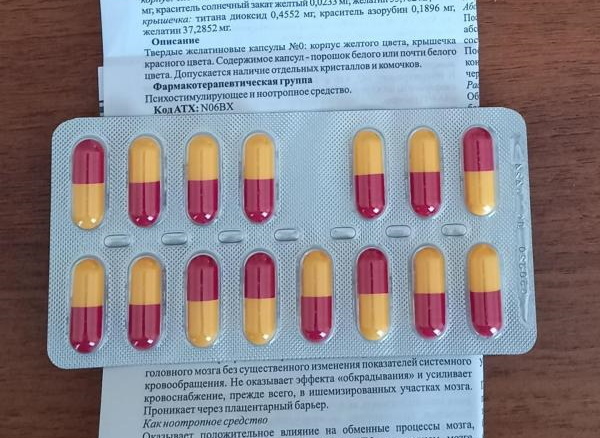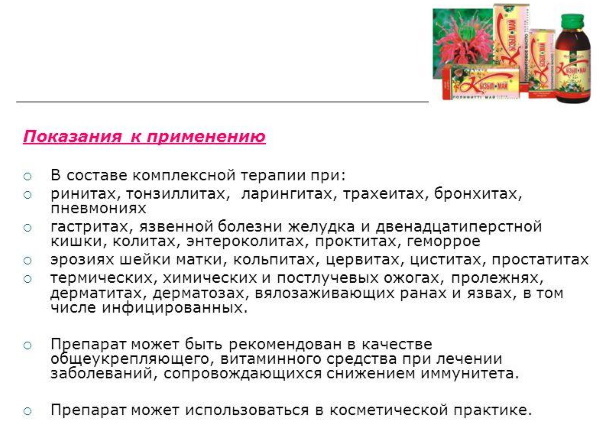The front and rear parts of the choroid supply blood from different sources, so the most common isolated defeat of their structures. Also different and innervation (iris and ciliary body - the trigeminal nerve and choroid at all has no sensory innervation), which leads to a significant difference in symptoms.
The disease can affect patients, regardless of gender and age, and is one of the leading causes of blindness (about 10% of all cases) in the world. According to various data, the incidence of 17-52 per 100 thousand. per year, and the prevalence of - 115-204 per 100 thousand. The average age of the patients - 40 years.

What it is?
Uveitis - a general term for disease uvea inflammatory. Translated from the Greek "uvea" - "grape" because of the appearance of choroid resembles a bunch of grapes.
Causes of
In most cases, uveitis is triggered by a cause - an infection that enters the eye through the flow of blood is removed from the other infected organ or through eye injury from environmental environment. There can be a variety of bacteria and viruses. Basically externally penetrate bacteria and viruses and other microorganisms are carried by blood flow.
But we do not rule out other causes of uveitis:
- Hypothermia.
- Low immunity.
- Diseases of the blood.
- Reiter's syndrome.
- An allergic reaction to food or medicine.
- Metabolic disorders or hormonal failures: diabetes, menopause.
- Eye injury by ingestion of a foreign body in it, sharps or burns.
- Infectious or chronic diseases: glomerulonephritisPsoriasis, multiple sclerosis, Rheumatism, ulcerative colitis, rheumatoid arthritis and so forth.
- Other disorders of the eye: scleritis, retinal detachment, conjunctivitis, keratitis, blepharitis etc.
Classification
In medicine, there is a classification of the disease. It all depends on the place of its localization:
- Peripheral. With such disease involves inflammation of the ciliary body, choroid, vitreous body and retina.
- Front. Type of disease, which occurs much more frequently than others. Accompanied by a lesion of the iris and ciliary body.
- Rear. Inflamed optic nerve, choroid, retina.
- When there is inflammation throughout the uvea, this form of the disease called "panuveit".
As regards the duration of the process, that distinguish acute type of the disease, when symptoms worsen. Chronic uveitis is diagnosed when the patient's pathology disturbs more than 6 weeks.

symptoms uevita
Depending on where the inflammation develops, determined and uveitis symptoms (see. Photo). Additionally, a value as a human body can resist pathogens, at what stage of development is located. Depending on these factors the disease symptoms can be compounded to have a certain sequence.
Peripheral uveitis occurs with the following symptoms:
- often both eyes are affected symmetrically,
- flies before his eyes,
- deterioration of visual acuity.
Posterior uveitis characterized by late appearance of symptoms. They are characterized by:
- blurred vision,
- distortion of objects,
- float before my eyes,
- decrease in visual acuity.
Anterior uveitis is characterized by the following features:
- chronic watery eyes,
- constriction of the pupil,
- soreness
- redness of the eyes,
- photophobia,
- reduced visual acuity,
- increased intraocular pressure.
In chronic course of anterior uveitis symptoms occur rarely or poorly expressed: only a slight redness and floating point before his eyes.
Diagnostics
In the diagnosis of the important role played by the patient's medical history and information about the immunological status. With ophthalmological examination refined localization of inflammation in the choroid.
Etiology eye uveitis specified by skin tests to allergens bacterial (streptococcus, staphylococcus or toksoplazminom). In the diagnosis of TB disease etiology decisive symptom of uveitis becomes combined lesion of the conjunctiva of eyes and the appearance of the skin of the patient-specific spots - fliktenov.
Systemic inflammatory processes in the body, and for infections in the diagnosis of eye uveitis confirmed using patient serum assays.
What is uveitis: photo
The photo below shows how the disease manifests itself in adults.

complications
Serious complications of uveitis include profound and permanent loss of vision, especially if uveitis was unrecognized or assigned the wrong therapy.
It is also the most frequent complications include cataract, glaucoma, Retinal detachment, optic nerve, or iris and cystoid macular edema (the most common cause of vision loss in patients).
Treatment of uveitis eyes
uveitis Treatment complex, which consists in applying local and systemic antimicrobials, vasodilators, immunostimulatory, desensitizing agents, enzymes, physiotherapeutic methods girudoterapii, means traditional medicine. Typically, patients prescribed drugs in the following dosage forms: eyedrops, ointments, injections.
For the medical treatment of anterior and posterior uveitis use:
- Vitamin therapy.
- Antihistamines - "Clemastine," "Claritin", "Suprastin".
- Viral uveitis treated with antiviral drugs - "Acyclovir", "Zovirax" in combination with "tsikloferon", "with interferon." They are indicated for topical application in the form of intravitreal injection, and for oral administration.
- Antibacterials of broad-spectrum macrolides, cephalosporins, fluoroquinolones. Formulations administered subconjunctivally, intravenously, intramuscularly, intravitreally. The choice of drug depends on the type of pathogen. To do this, carry out microbiological testing detachable eye on the microflora and to determine the sensitivity Dedicated microbe to antibiotics.
- Immunosuppressive drugs prescribed after failure of anti-inflammatory therapy. This group of drugs inhibit the immune response - "Tacrolimus", "Methotrexate".
- Anti-inflammatory drugs of the NSAID group, glucocorticoids, cytostatics. Patients prescribed eyedrops with prednisolone or dexamethasone 2 drops into the affected eye every 4 hours - "Prenatsid", "Deksoftan", "deksapos". Inside are "Indomethacin", "Ibuprofen", "Movalis", "Phenylbutazone".
- Fibrinolytic drugs have a resolving action - "Lidaza", "Gemaza", "Wobenzym".
- eyedrops "Tropikamid" is used to prevent the formation of adhesions, "cyclopentolate," "Irifrin", "atropine". Midriatiki relieve spasm of the ciliary muscle.
uveitis treatment is aimed at the early inflammatory infiltrates resorption, especially for slow process. If you miss the first symptoms of the disease, will change not only the color of the iris, will develop its degeneration and all over the collapse.
Folk remedies
In the treatment of uveitis can use some of the methods of traditional medicine, after discussing the possibility of such treatment with a physician:
- You can use chopped marshmallow root. To do this, 3-4 tablespoons marshmallow root pour a glass of water at room temperature. You need to press it for 8 hours, and then used for lotions.
- It helps with uveitis decoction of chamomile, rose hips, calendula and sage. To prepare it, you need 3 tablespoons of herbs and a glass of boiling water. The mixture should infuse about an hour. Followed by drain it and rinse it with broth eyes.
- Aloe can also help. You can use aloe vera juice for instillation into the eyes, spreading it in cold boiled water in a ratio of 1 to 10. You can make an infusion of dried leaves of aloe.
As a rule, people's money - these are additional treatment options, which are used comprehensively. Only a timely adequate therapy of acute inflammatory process in the eyeball gives a good prognosis, ie. E. It ensures that the patient will recover. It will take up to 6 weeks. But if it is a chronic form, then there is a risk of recurrence, as well as exacerbation of uveitis as the underlying disease. Treatment in this case will be more difficult, and the prognosis - worse.

Surgery
Surgical intervention is required if the disease is severe complications. Typically, surgery involves certain steps:
- surgeon dissecting adhesions, which connect the casing and the lens;
- removes vitreous body, glaucoma or cataracts;
- remove eyeball;
- using laser equipment, connects the retina.
Each patient should know that surgery is not always ends with a positive result. This it warns the expert. After surgery, there is a risk of acute inflammation. Therefore, it is important to identify the disease in a timely manner, to diagnose it, assign effective therapy.



